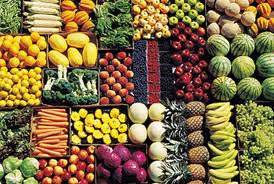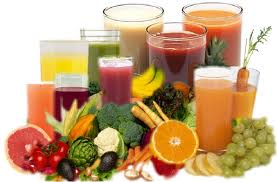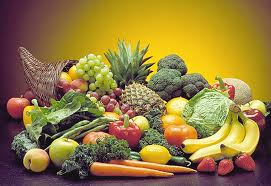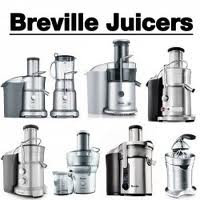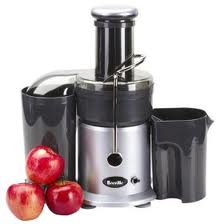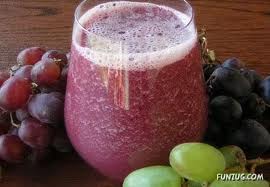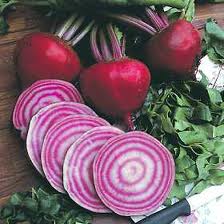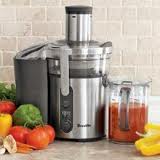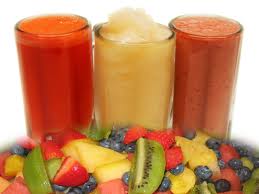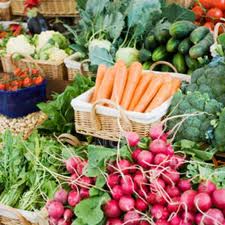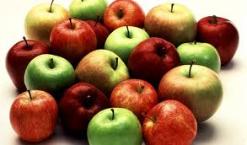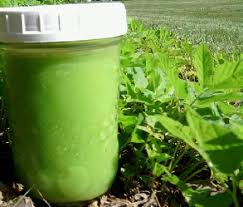JUICING BENEFITS
Raw food juicing is one the easiest, most effective, and most delicious ways to do good things for your body.
Ideally, man would receive the nutrition he needs to maintain a healthy, vital body from a raw fruit and vegetable diet. He would have a piece or two of fruit for breakfast, a heaping greens-and-tofu salad (no dressing or simple fresh-squeezed lemon juice) for lunch, and a plateful of raw veggies for dinner followed by goat yogurt for dessert. He’d throw in some cooked beans every now and then for added protein and fiber, and occasionally enjoy some raw nuts or sprouts.
But man does not live by raw food alone. Man –– and woman –– also lives by meat, potatoes, French fries, ice cream, candy, chocolate-chip cookies, and Honey Nut Cheerios®. Man likes apple pie with a sugared lattice-top crust and pork sausage with his eggs and pancakes. Man likes to drizzle (or drench) his salad with creamy dressings and bacon bits and croutons. Man especially likes to eat his super-sized hamburgers on soft, super-sized white-bread buns with extra cheese (or cheese product), a creamy mayonnaise-based dressing, ketchup, mustard and pickled relish.
Eventually, man is going to develop indigestion, gastroesophageal reflux syndrome, diverticulitus, irritable bowel syndrome, or colon cancer. Man may find himself contending with chronic-fatigue syndrome, fibromyalgia, lupus or heart disease. Which means man is going to need some help.
That’s where juicing comes in.
Cleanse and Rebuild
Fresh, raw, un-preserved juices contain all the amino acids, minerals, enzymes and vitamins the body needs to nourish and regenerate cells, tissues, glands, and organs, with a minimum of digestive effort. Fruit juices are the cleansers of the human system; vegetable juices are the builders and regenerators.
A four to eight-ounce glass of raw fruit or vegetable juice not only provides all the healing nutrients that have been isolated so far, but all the ones man has yet to discover. Plus, it provides them in their living, organic, alkaline, whole, complete, balanced form.
Why not just eat the vegetables and fruit?
You’ll understand that the first time you juice. It takes over a pound of carrots to generate a single glass of carrot juice!
Could you eat that much in one sitting?
But that single glass is full of easy-to-digest, rapidly assimilated, concentrated nutrients that go to work immediately to start healing the body by nourishing the bloodstream. When a body is in a weakened state, even fruits and vegetables can be difficult to digest. But juiced foods require little or no digestion, so the healing nutrients of the raw fruits and vegetables are readily available for assimilation into the bloodstream, bypassing the digestive tract.
The best juice is freshly made. It is best to dilute fruit juices 25-50% with distilled water. Freshly made, full-strength juice is concentrated and should be considered a meal.
Don’t be fooled by commercially produced juices – they just don’t measure up. They are pasteurized, which means the vegetables or fruits have been heated above 120oF. While this partially breaks down the fiber and makes them more easily assimilated, it also destroys all enzymes or oxygen. Plus, most commercial juices contain food colorings, preservatives, synthetic (chemical) vitamins, salt, other additives and sugar in the form of dextrose, fructose, or corn syrup. Health food store juices may be pure juice, but they’re still pasteurized.
Juicing Basics
It is not necessary to spend a lot of money on juicing. Start with a medium-priced juicer.
Breville juicer is the best and most reasonably priced juicer we at BASTIS Foundation have ever found, bar none, in terms of motor and ease of juicing. It's easy to clean, and the entry hole is big enough to take huge carrots or an entire apple without cutting them up.
We also like Juiceman Jr., a great little starter juicer for those who want to start slow and work their way up to serious juicing.
Start with carrot juice, which is the basis of most juicing combinations. Carrot juice is a powerful blood cleaner/ muscle builder. Never try to use equal combinations of carrot to any other vegetable, though, because while carrots are easy to drink straight, most others are not.
Great Combinations
The following are good to add to your carrot juice:
Beets - powerful blood cleanser. Be careful of beet juice; it’s very powerful. You cannot drink more than an ounce or so of straight beet juice without getting dizzy, because its purifying abilities go to work in the bloodstream so fast. It’s very concentrated. Some wonderful carrot/beet combinations also include:
- Carrot, beet, ginger, garlic
- Carrot, beet, cucumber
- Carrot, beet, parsley, cucumber
- Carrot, spinach, beet
- Carrot, celery, parsley, beet
- Carrot, beet, cucumber, parsley, garlic
- Celery – contains a high amount of vital organic sodium. It’s also good in combination with cucumber.
- Cucumber – contains silica, potassium and magnesium, and improves the complexion and health of the skin.
- Garlic – a wonderful heart strengthener and toner. It’s very mellow when combined with carrot and beet juice.
- Ginger – helps soothe and improve digestion.
- Lettuce –Romaine especially is nutritionally packed, and an excellent source of vitamin A (in the form of beta-carotene), folate, vitamin C, vitamin B1, vitamin B2, manganese, chromium and folic acid.
- Parsley – a rich source of antioxidant and cardio-protective nutrients. Its volatile oils – particularly myristicin – have been shown to inhibit tumor formation, especially in the lungs. Parsley is great for increasing oxygen to the brain, which can help improve memory.
- Potato – a nutrient-dense food, especially high in potassium when consumed raw. Combine potato juice with carrot, parsley, and lettuce juices for a powerfully nutritious drink.
- Spinach – another powerful blood cleanser. Carrot and spinach make a wonderful combination.
Juicing Tips
- Sip or drink your juice slowly. This allows for better assimilation.
- Drink the juice alone, not with solid food, so it can be assimilated into the bloodstream. Because juice is a concentrated food, a meal in itself, taking it with solid food would make it enter the digestive system along with the food and thereby defeat the purpose of drinking it.
- Allow at least one hour after drinking a glass of juice before eating any food, and until you are hungry. Do not drink juice until your stomach is empty after eating a meal or snack.
- Do not combine fruits and vegetables when juicing as they require different digestive processes.
Exceptions:
- Lettuce and celery can be combined with either fruit or vegetable juice.
- Apples will mix with vegetable juices, and can be used in place of carrots to sweeten the mixture.
- Make vegetable juice predominately (80+%) either carrot juice or apple juice, mixing other vegetables as desired.
- Eat citrus only with other citrus fruits.
- Eat melons only with other melons
- Vegetables may be mixed with carbohydrates OR animal proteins, but carbohydrates and animal proteins DO NOT mix well together, and stress the digestive system.
Where Can I Get More Information?
Raw Juice Therapy by John B. Lust; Thorsons Publishers LTD, 91 St. Martins Lane, W.C.Z. London
Fresh Vegetable and Fruit Juices - What's Missing In Your Body? by Norman W. Walker; O'Sullivan Woodside & Co. 2218 East Magnolia, Phoenix, AZ 85034
The Complete Raw Juice Therapy by Susan E. Charmine; Baronet Publishing Co. NY, NY
Begin Your Journey to Independent Health
Living and Raw Foods
Breville Juice Fountain
